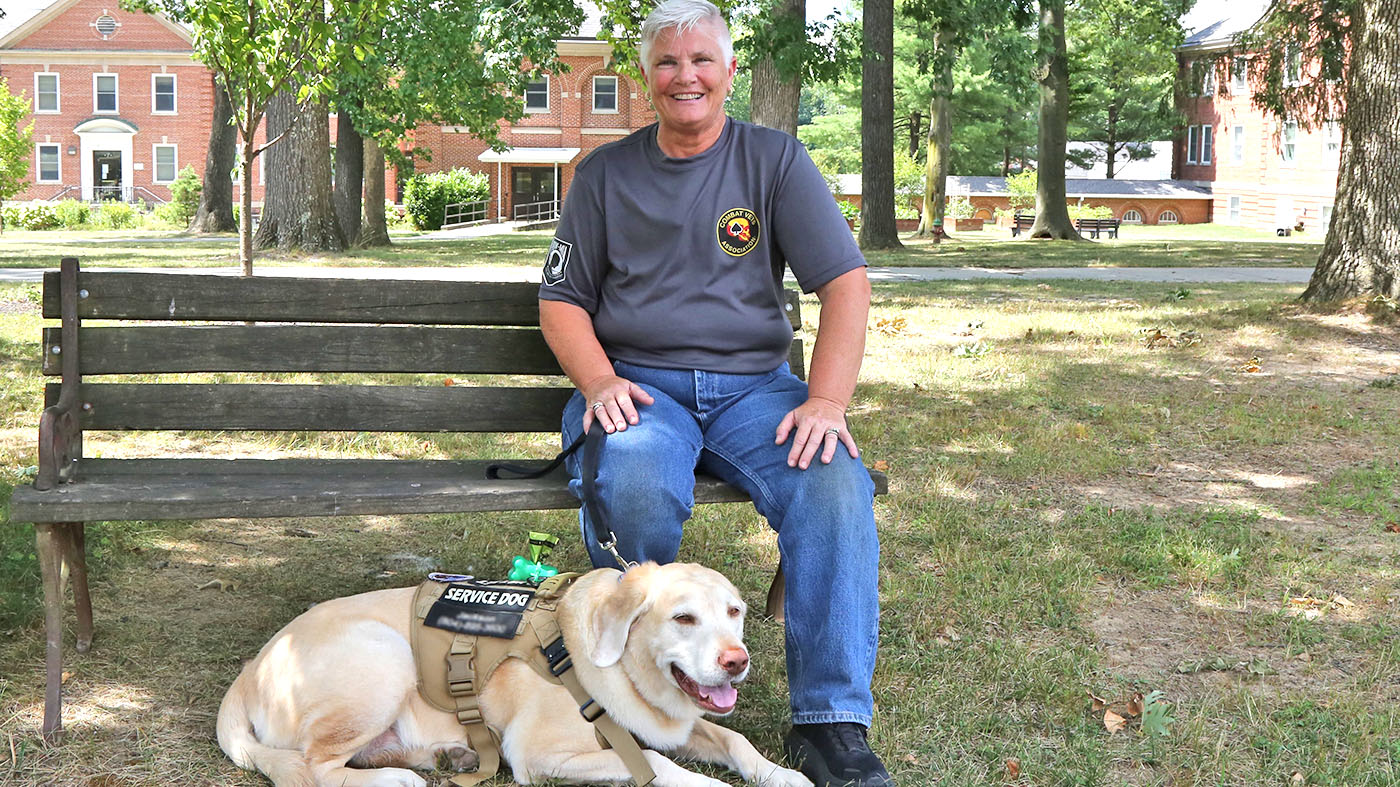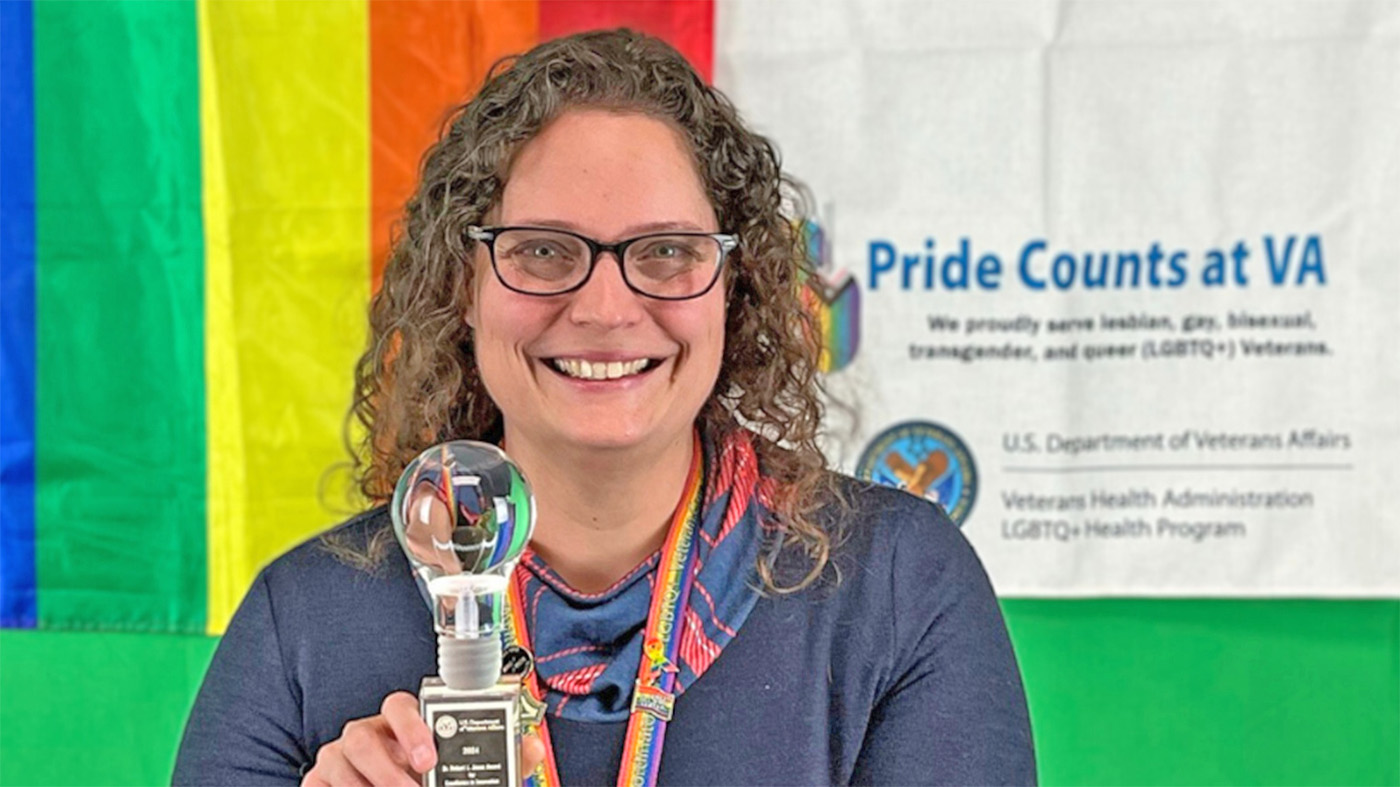Reports of cyberbullying and cyber harassment cases have increased dramatically in the last few years. Virtual aids have become more prominent resources in the workplace, but there are additional resources available for dealing with inappropriate comments, like the negative encounters can occur online, where social media is the most common venue cited for harassment.
The latest Pew Research Survey finds that 75% of targets of online abuse—equaling 31% of Americans overall—say their most recent experience was on social media. These cases can affect anyone, including Veterans and employees at VA facilities. VA is proactively addressing these concerns to ensure all who rely on our services are safe.
What constitutes cyberbullying
“Cyberbullying is any bullying that occurs through electronic means,” said Kathleen DeNardi, VA behavioral threat assessment manager. “This can be online harassment, trolling, threatening behavior that occurs through email, online portals or social media pages. Individuals can experience this behavior in both their personal and professional lives.”
How is VA addressing the issue
The Workplace Violence Prevention Program (WVPP) strives to prevent cyberbullying and provide support to experiencers of harassment. VA has developed and installed in every facility a secure web-based Disruptive Behavior Reporting System that allows all employees to have a voice regarding any concerns they may have about safety. In accordance with current community best practice standards, VA has implemented interdisciplinary teams in every facility to make individual assessments and develop customized safety plans.
DeNardi and the WVPP team are currently involved in the implementation of the programming to ensure every employee is trained to receive, manage and respond to potentially threatening events generated by patients or employees.
“It is a problem that we see across the spectrum in schools, workplaces and professional environments and everyday interactions in social media forums. Not all cases can be stopped before they happen,” DeNardi said.
Supporting those who have experienced cyberbullying
To assist those who have already experienced cyberbullying, there are two different interdisciplinary teams. Each VA medical facility has a Disruptive Behavior Committee for patient-generated concerns and an Employee Threat Assessment Team for employee-generated concerns. These concerns are reported in the DBRS, then a comprehensive risk assessment is completed to determine the potential for future violence.
“One of the challenges is helping the experiencers recognize the behavior as cyberbullying and/or online harassment and understand that there are resources that may help assess and address the behavior. If an employee reaches out to our office with questions about cyberbullying, we ensure that the individual is aware of the Disruptive Behavior Reporting System and encourage reporting to the local facility,” DeNardi added.
Be proactive about protecting your digital presence
To be less susceptible to cyberbullying or harassment, limit your ‘digital footprint’ and take advantage of privacy settings offered on your technology, yet also cognizant that those avenues do not provide full protection. The following tips are recommended to reduce risk:
- Refrain from posting your personal information on social media websites
- Consider the risk before posting personal life details, like photos
- Use discretion posting pictures and videos that may be viewed as inappropriate
- Resist engaging in back-and-forth conversations in online forums
- Consider rejecting friend requests from strangers on social media platforms
- Research yourself online using search engines to find any of your private information on public websites. See if the site allows removal or blinding information you do not want shared
- Take VA’s online training course.
If a cyber harasser is threatening physical harm or sexual assault of any person or persons, call 911. If you or someone else is considering self-harm due to cyber harassment, please call 911 and/or the Suicide and Crisis Lifeline by dialing 988.
More information on harassment or sexual assault.
Topics in this story
Link Disclaimer
This page includes links to other websites outside our control and jurisdiction. VA is not responsible for the privacy practices or the content of non-VA Web sites. We encourage you to review the privacy policy or terms and conditions of those sites to fully understand what information is collected and how it is used.
More Stories
Combat Veteran faces the traumatic events of her PTSD during prolonged exposure therapy and looks forward to the days to come.
Bob Jesse Award celebrates the achievements of a VA employee and a team or department that exemplifies innovative practices within VA.
The Medical Foster Home program offers Veterans an alternative to nursing homes.






